Publications

Novel Method to Calculate Equivalent Dose to Tissue in Cases of Radiopharmaceutical Extravasation
Josh Knowland of Lucerno Dynamics and Jackson W. Kiser M.D. of Carilion Clinic have presented their poster on a novel method of calculating equivalent doses to tissue in cases of radiopharmaceutical extravasation during 2020 SNMMI Mid-Winter Meeting in Tampa, Florida.

Real-Time Feedback during Lung Ventilation of Tc99m-labeled Carbon Nano-particles with Topical Scintillation Detectors
“Topical detectors could allow for real-time feedback about lung activity without the use of dynamic SPECT counting or manual probing. This would allow for ventilation to be performed without the risk of scanner contamination or the variability of manual processes.” Presentation

Correlation of blood pool and liver uptake values with radionuclide extravasation in FDG PET
“Therefore, extravasation events may effect clinical interpretation of PET imaging by disproportionately affecting tumor uptake and sparing blood pool and liver uptake.” Poster
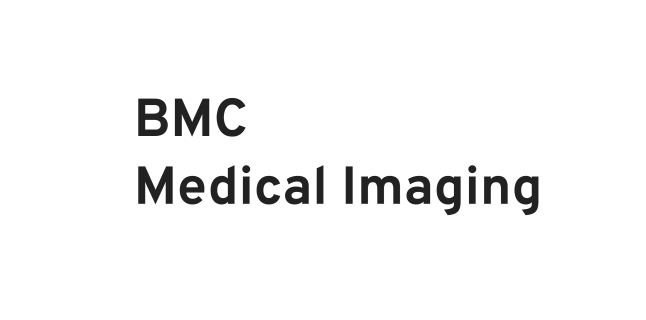
Assessing and reducing PET radiotracer infiltration rates: a single center experience in injection quality monitoring methods and quality improvement
“Developing a quality improvement plan and monitoring PET injections can lead to reduced infiltration rates. No significant correlation between reference SUVs and injection score provides evidence that determination of infiltration based on PET images alone may be limited. Results also indicate that the number of infiltrated PET injections is under-reported.” Full Text
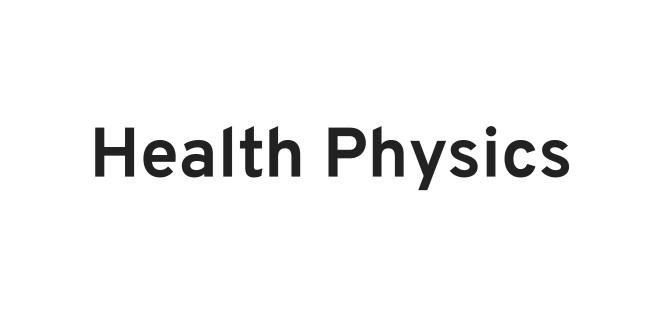
The Radiation Safety Officer as an Advocate for Patient Safety
The medical RSO is in a position to influence patient safety in the institution. By a combination of self-education, faculty and staff education, collaboration with management, training, and surveys and inspections, the RSO can work towards developing a culture that considers control of patient radiation doses as important as minimizing radiation doses to occupational workers. Full Text
Classification of Infiltrated Injections During PET/CT Imaging Applying Deep Learning Technique
“Deep learning techniques have been found to perform extremely well in classification tasks in recent years. Use of TACs obtained from sensors to identify and classify infiltrations is also a very recent approach in PET dose infiltration research. Combination of both these techniques is a novel approach which may play a significant role in classifying infiltrated injection or identifying good injections.” Full Text
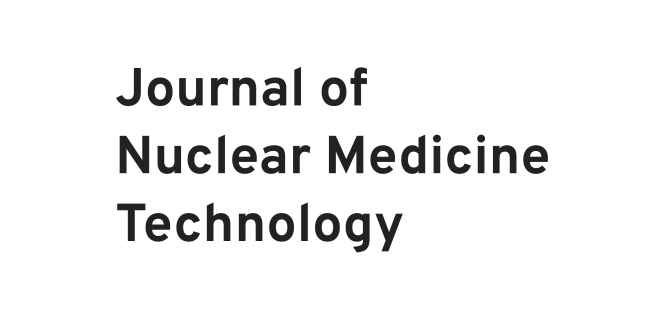
Quality Improvement Initiatives to Assess and Improve PET/CT FDG Injection Infiltration Rates in Multiple Centers
“A QI approach with new technology can help centers measure infiltration rates, determine associative factors, implement interventions, and improve/sustain injection quality. Since PET/CT images help guide patient management, monitoring and improving radiotracer injection quality is important.” Full Text
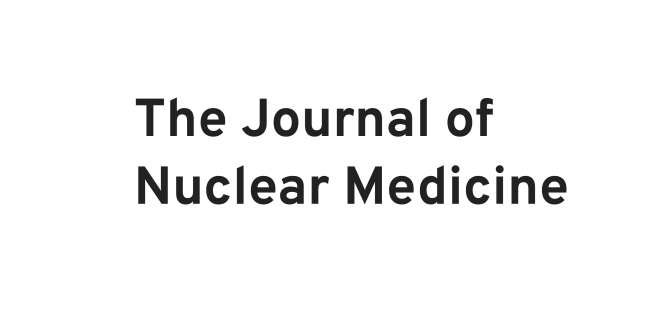
A Retrospective Study of Physiologic Markers to Assess Radiopharmaceutical Infiltration Compared to External Injection Monitoring
“External injection monitoring seems to be the most reliable method for assessing PET radiopharmaceutical injection quality for individual patients.” Full Text

Use of a PACS Integrated Injection Monitoring Device to Increase Injection Quality and Infiltration Awareness
“Access to injection monitoring with PACS integration can lead to significant increases in radiology reporting of injection quality both to confirm good quality, and to indicate when an injection may have been compromised.” Full Text

Development of a Quantitatively-Based 18F-FDG Infiltration Classifier of Topically Applied Sensor Readings
“Preliminary findings suggest that this classifier, calibrated using quantitative static PET measurements, dramatically improves infiltration severity classification compared to qualitative image analysis.” Full Text

Collection of Real-Time Data with a Modular Detector System to Assess Injection Quality
“An external detector device may be used to ascertain that an injection is sufficient within only a 60-second acquisition.” Full Text (subscription required).
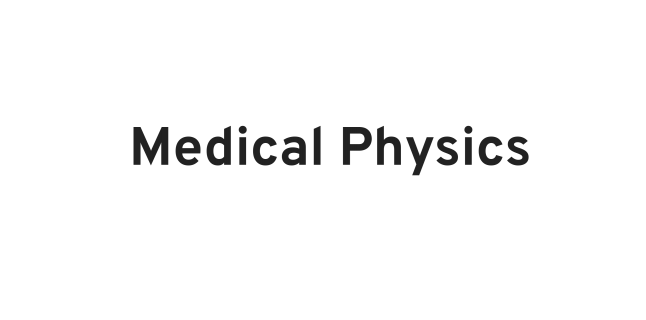
Technical Note: Characterization of technology to detect residual injection site radioactivity
“The performance of the sensor was adequate for identification of excessive residual activity at an injection site. Its ability to provide feedback may be useful as a quality control measure for nuclear medicine injections.” Full Text
